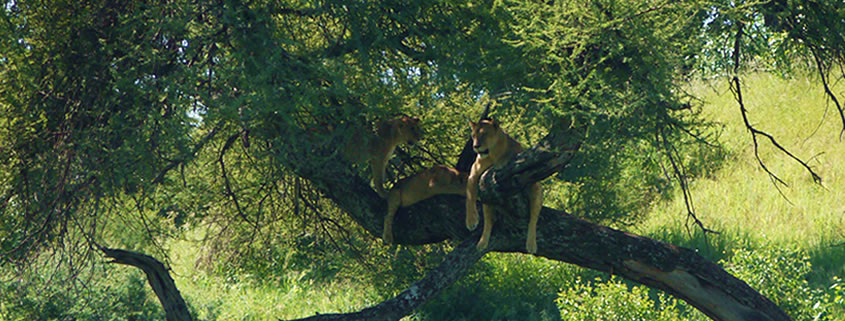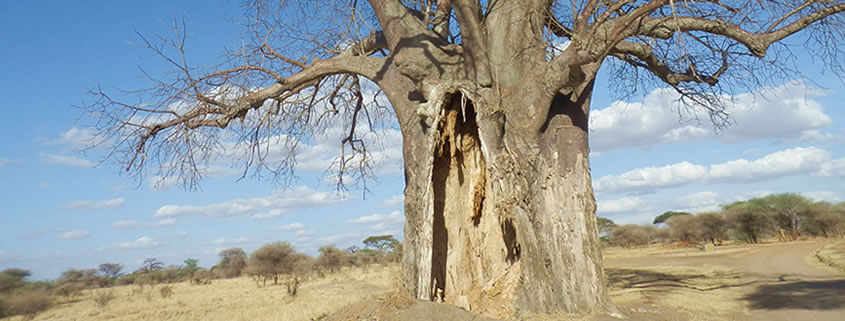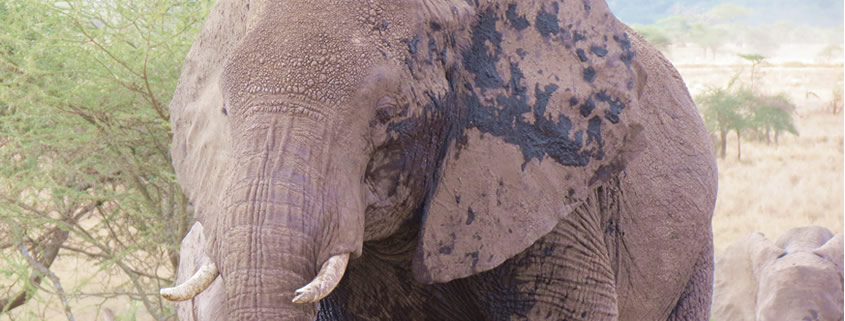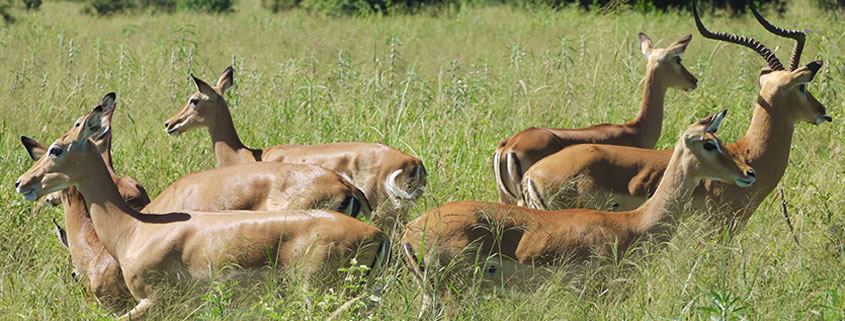Highlights
| Price: $$ | Prominent features: Tarangire River, baobab trees, Silale Plains |
| Popularity: ♦♦♦ | Prominent wildlife: herds of elephants, birds |
| Activities: camping, walking safaris, birding |
Experience the raw beauty & power of Tarangire
Pythons coiled around baobab trees, the largest herds of elephants found anywhere in Tanzania, lion prides, and leopards stalking their prey — all of these majestic sights and more abound along the Tarangire River in Tanzania, Africa.
The Tarangire River snakes across nearly 3000 square kilometers of vast savanah, rising and falling throughout the year. During the dry season, every animal in the area crowds to the shrinking river to quench its thirst at the risk of lurking predators. Experience the life cycle of East Africa’s magnificent wildlife with Misele Africa Safaris.
The scenery along the Tarangire River distinctly represents East Africa with solitary baobab trees dotting the yellow long grasses. Catch families of elephants on the move, feeding, and bathing in the mud. But don’t let their steady slow movements deceive you. Elephants are extremely intelligent and highly protective of their young. African elephants are the magnificent masters of Tarangire Park.
Explore
The elephant population in Tarangire is the largest of any park in Tanzania. With an estimated 3000 majestic African elephants inhabiting Tarangire, travelers will not miss them in their daily rituals.
Buffalo, wildebeest, and zebra migrate in and out of the park. Resident animals include giraffes, bushbuck, hartebeest, waterbuck, mongoose, hyrax, impala, and dik-diks, and fewer oryx and kudu. Primates include the bushbaby, baboon, and vervet monkey.
Major predators are the lion, leopard, hyena and jackal. Larger felines are most easily sighted in the early morning hours.
Birdlife is extremely diverse and includes a number of large hunting birds, such as multiple sub-species of eagle.
Tarangire River runs north-south across the 2850 km2 (1096 mi 2) park, and is located an hour and a half southwest of Arusha City by car or bus. Tarangire’s geography features river beds which flood and shrink according to the rainy months.
Animals flock to the Silale Plains during the wet seasons — these seasonal swamp lands burst with ample grasses and prey. Baobab trees are prominent and a favorite subject of Africa nature photography enthusiasts. Wildlife, especially bird life, is prevalent close to the lakes.
Tarangire has two seasons — the dry season and the wet season — and both seasons offer great reasons to visit.
July through November is considered the dry season, and this is the best time to see the most animals, as all the wildlife in the area crowds close to the river and other permanent water sources.
The wet season — January through May — also attracts many animals and provides a much lusher, green environment perfect for nature photographers.
Temperatures are generally mild, ranging from the 70s to the 80s Fahrenheit during the daytime and cooling off into the 50s in the evenings. The coldest months are June through August. Humidity is low.






